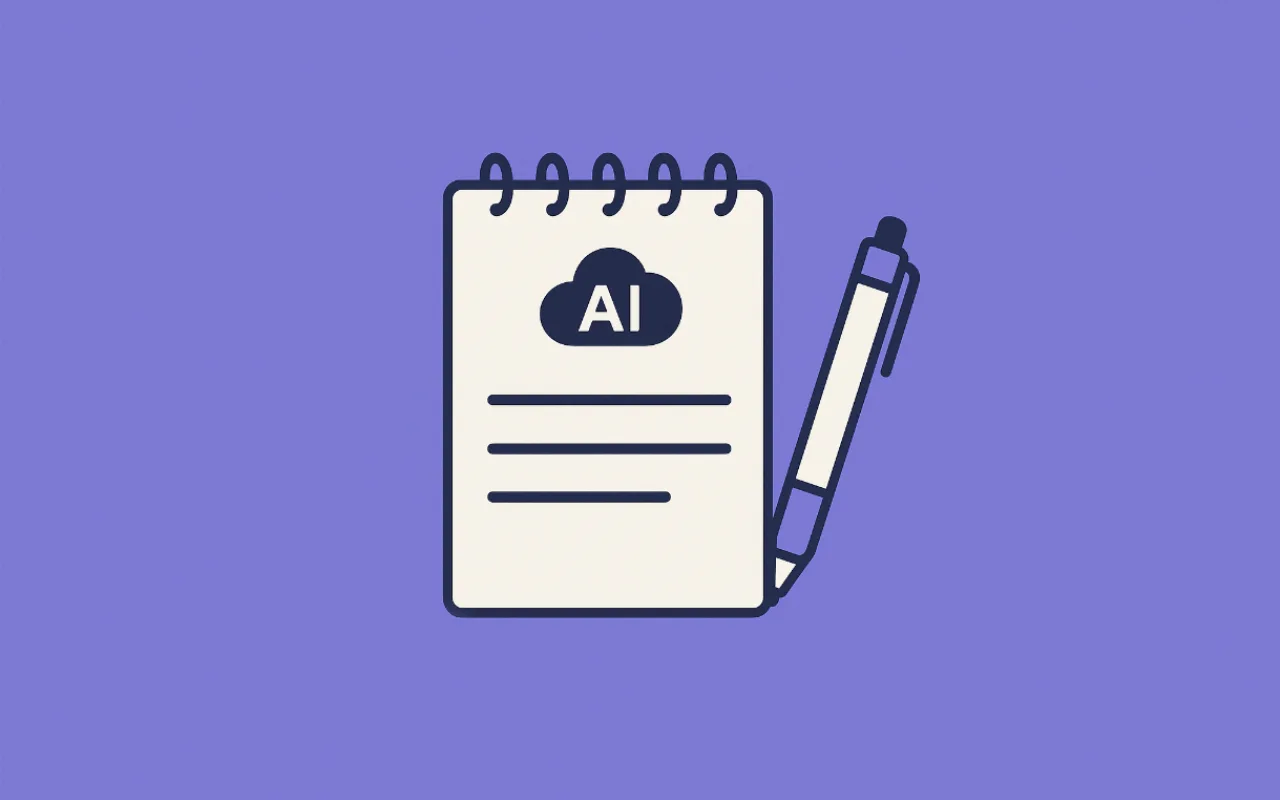When I first started figuring out how to write AI prompts, I assumed it would be like using a smarter search engine. A couple of keywords, maybe an adjective or two, and boom! Instant results. Instead, I got everything from melted dogs to unsettling dreamscapes.
Turns out, learning how to write AI prompts is more like casting spells than Googling things. Whether you’re using a visual generator, testing an AI app for storytelling, or exploring tools like Kupid AI, the phrasing you use shapes everything. If your results have felt random, you’re probably just a few tweaks away from something great.
Start With Clarity Before You Try to Get Fancy
This was my first real breakthrough. Clarity always wins. You can still be creative, but save the flourishes for later.
For instance, if you want an image of a knight standing in a glowing forest, just say that. Do not begin with, “lone guardian bathed in emerald whispers.” That approach only results in AI confusion and visual chaos.
When thinking about how to write AI prompts that deliver, I recommend starting with a basic format:
[Subject] + [Action or Setting] + [Style or Format]
Like: “Portrait of a futuristic pirate captain, digital painting, cinematic lighting, 4K resolution.”
If you’re mostly after striking visuals, you might want to explore this deeper breakdown of how to use the best prompts for AI art to achieve them.
Don’t Be Shy About What You Don’t Want
Here’s something no one tells you early on—writing a good prompt also means telling the AI what not to do. This applies to image, text, and voice generators alike.
If you’re generating a voice clip and forget to say “no robotic tone,” don’t be surprised when the result sounds like a glitchy weather app. Try adding these kinds of phrases:
- “no distortion, no glitch”
- “not cartoonish, not overly sharp”
- “avoid robotic voice, no background static”
Once I began doing this, I stopped getting the kinds of results that made me question if my laptop was haunted. Knowing how to write AI prompts is also knowing how to steer them away from trouble.
Don’t Overwrite. Structure Like a Movie Tagline.
There is a temptation to pour every idea into one long prompt. That rarely works. A bloated prompt makes the AI panic.
Now, I treat my phrasing like a trailer pitch. Think about mood, subject, and delivery format. Try something like:
- “Melancholy robot girl under moonlight, anime style, soft texture”
- “Calm narrator voice describing a misty meadow, slow tempo”
Writing prompts is about finding that balance. It’s part structure, part feeling. You want to give the AI a lane, not a labyrinth.
And if your goal is pure entertainment rather than polished results, I highly recommend checking out this collection of funny AI prompts that fully embrace the chaos.
Final Thoughts From a Guy Who Now Prompts for Fun
Writing prompts for AI is like learning to talk to a slightly misunderstood genius. Once you figure out the rhythm, the outputs start getting magical.
It’s also a space that shifts quickly. Tools update, models change, and prompt styles evolve. If you want to stay ahead of the curve, it’s worth revisiting how you write prompts every four to five months.
If you’re ready to explore deeper or test your own prompt skills, check out the rest of our picks in the Prompts vault.

